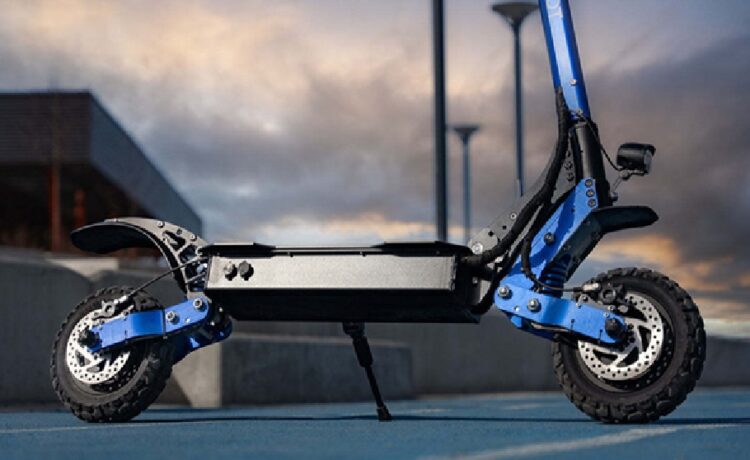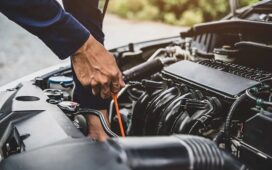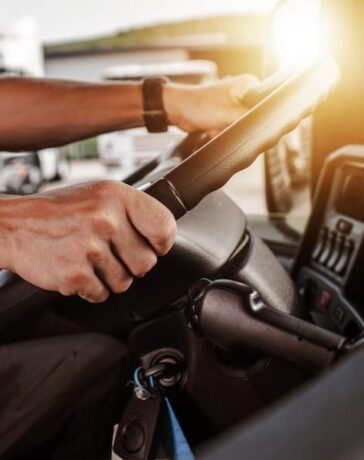Electric scooters have become one of the most popular ways to get around the city. They are lightweight, easy to use, and environmentally friendly. Whether you are commuting to work or just exploring your neighborhood, an electric scooter can make your journey smooth and enjoyable. However, one key feature that significantly improves the riding experience is the best electric scooters with suspension.
In this guide, we’ll take a closer look at why suspension matters, the different types available, and how to maintain your scooter’s suspension system. Understanding these details will help you enjoy a safer and more comfortable ride while extending the life of your scooter.
Why Suspension Matters in Electric Scooters
Suspension plays a crucial role in how well your electric scooter handles different road conditions. Without it, your ride can feel rough, and you may struggle to maintain control on uneven terrain. Here’s why suspension is essential:
1. Safety First
A good suspension system helps maintain stability and control, especially on rough or bumpy roads. It reduces the impact of sudden obstacles, ensuring that your scooter stays balanced and responsive. This lowers the risk of accidents and improves overall riding confidence.
2. A More Comfortable Ride
Riding over potholes, cracks, or uneven pavement can be uncomfortable without suspension. A well-designed suspension system absorbs shocks and vibrations, providing a smoother and more pleasant riding experience. This is especially important if you use your scooter for longer trips.
Types of Suspension Systems in Electric Scooters
Electric scooters come with different types of suspension systems, each offering unique benefits. Let’s explore the most common types:
1. Spring Suspension
Spring suspension works by using metal springs that compress when you hit a bump, absorbing the impact. This type is one of the most common and provides a good balance between comfort and affordability. It’s ideal for city riders who frequently encounter small bumps and cracks in the pavement.
2. Hydraulic Suspension
Hydraulic suspension uses pressurized liquid inside a special chamber to absorb shocks. When you go over rough terrain, the fluid helps maintain stability and keeps the scooter from bouncing excessively. This type of suspension is excellent for riders who want maximum comfort and control, especially on unpredictable roads.
3. Rubber Suspension
Rubber suspension systems use flexible rubber components to absorb vibrations and provide a cushioned ride. This type is lightweight and requires minimal maintenance, making it a popular choice for compact scooters. Additionally, rubber suspension helps reduce noise and enhances overall ride smoothness.
4. Air Suspension
Air suspension is commonly found in high-end electric scooters. It uses air-filled chambers to adjust the level of cushioning based on rider weight and road conditions. This allows for a customizable riding experience, ensuring maximum comfort and control. However, it requires regular maintenance to keep it functioning properly.
Pros and Cons of Electric Scooters with Suspension
While electric scooters with suspension offer several advantages, there are also some trade-offs to consider. Here’s a quick look at the pros and cons:
Pros:
Better Stability on Rough Roads: Suspension helps maintain control on uneven surfaces, reducing the risk of falls or accidents.
More Comfortable Ride: Shock absorption reduces vibrations, making long rides more enjoyable and less tiring.
Improved Durability: A well-designed suspension system can extend the lifespan of your scooter by reducing stress on its frame and components.
Cons:
Higher Cost: Scooters with suspension are generally more expensive due to the additional components and technology.
Heavier Weight: Suspension systems add extra weight, making the scooter less portable for those who need to carry it frequently.
Learning Curve: Some riders may take time to adjust to the different handling characteristics of a scooter with suspension.
Routine Suspension Maintenance Tips
Keeping your suspension system in good shape is essential for a smooth and safe ride. Regular maintenance helps prevent wear and tear, ensuring that your scooter performs at its best. Here are some simple maintenance tips for each type of suspension:
Spring Suspension Maintenance
- Check the springs regularly for any signs of wear or damage.
- Apply lubricant to the moving parts to keep them operating smoothly.
- Adjust the tension if the ride feels too soft or too stiff.
Hydraulic Suspension Maintenance
- Monitor hydraulic fluid levels and top them up when necessary.
- Inspect for leaks or damaged seals and replace faulty parts immediately.
- Adjust damping settings for optimal ride comfort.
Rubber Suspension Maintenance
- Check rubber dampers for cracks or excessive wear.
- Keep the suspension clean to prevent dirt and debris from affecting performance.
- Replace worn-out rubber components as needed.
Air Suspension Maintenance
- Use a pressure gauge to check and adjust air pressure regularly.
- Inspect for leaks and ensure all seals are intact.
- Keep air chambers clean to avoid blockages that could affect performance.
Final Thoughts
Electric scooters with suspension systems provide a superior riding experience by improving comfort, stability, and safety. Whether you’re navigating city streets or exploring off-road paths, having a well-maintained suspension system can make all the difference.
By understanding the different types of suspension and following routine maintenance tips, you can keep your scooter in top condition and enjoy smoother rides for years to come. If you’re considering investing in an electric scooter, take the time to evaluate your riding needs and choose a model with the right suspension system.
Remember, a little care goes a long way in keeping your scooter performing at its best. Ride safely and enjoy the journey!














